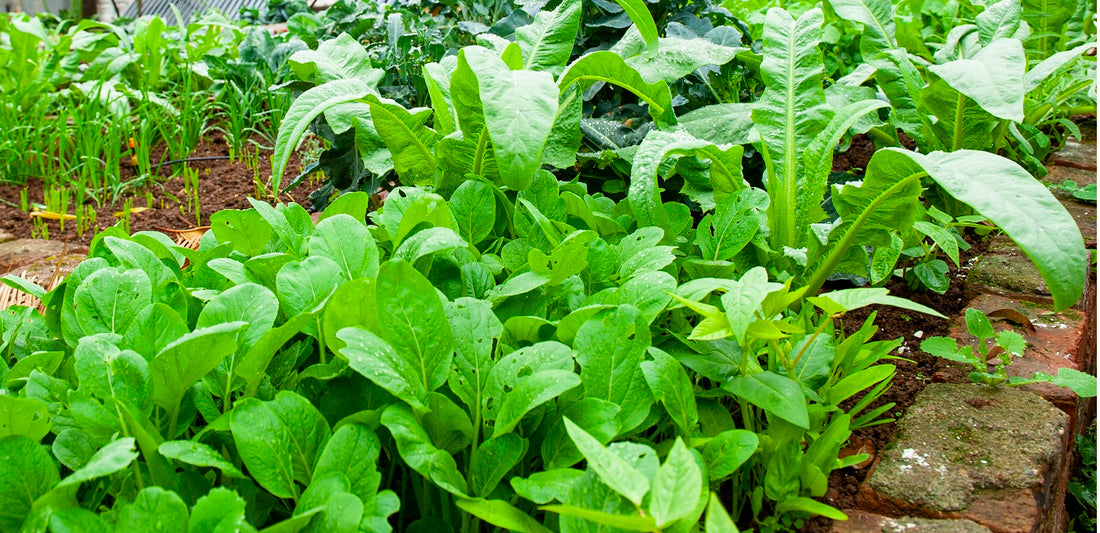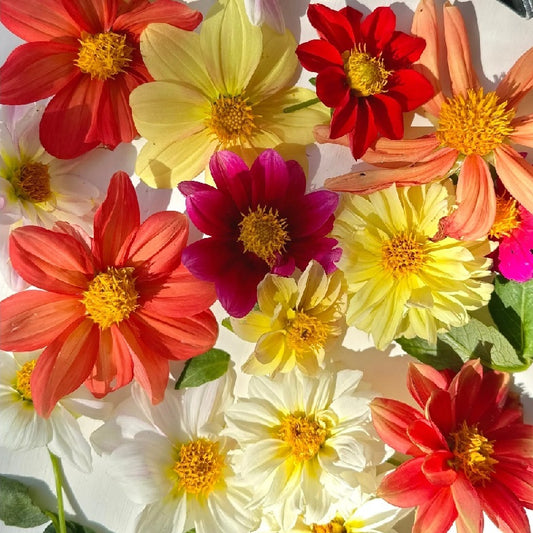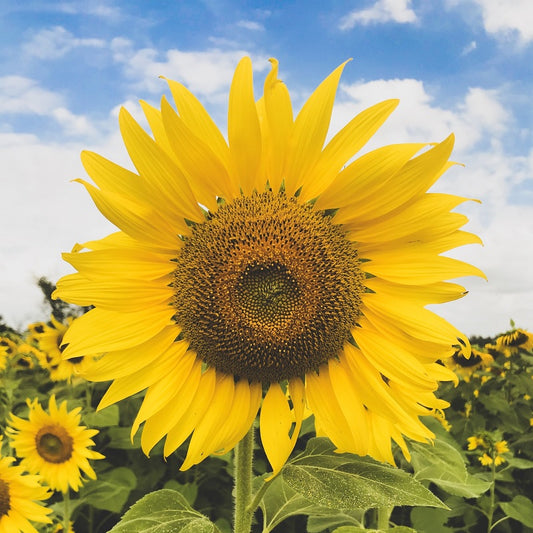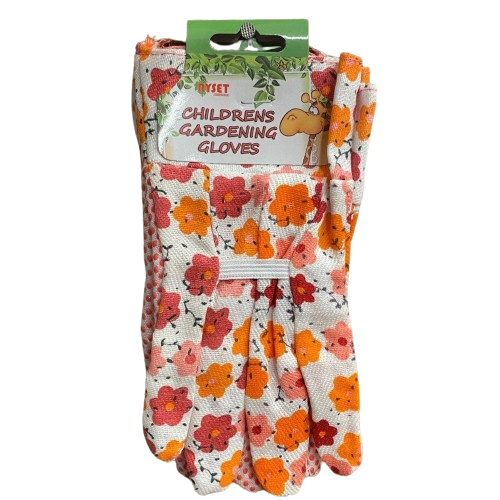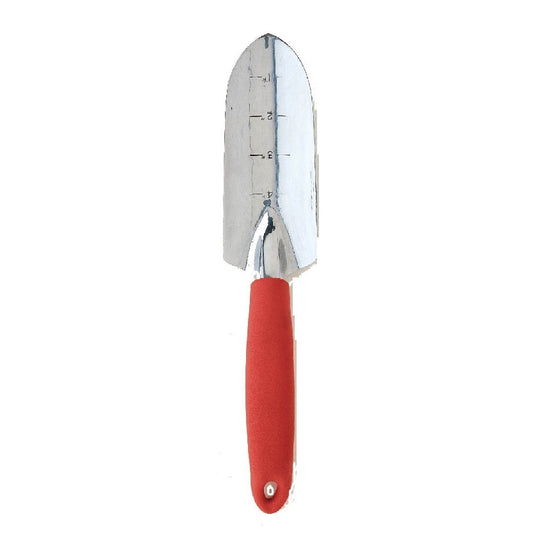Are you finding starting your veggie patch daunting? Are you confused about where to start? This article will try to turn the mountain into a mole hill.
CREATING YOUR PATCH
The first step in deciding where to start your veggie garden, is to identify the best place in your backyard to grow. Most vegetables require full sun well drained soil, if you have a sunny vacant patch of well drained organic enriched soil, then you're almost ready to plant. But for most backyard owners, there not so blessed.
Some gardeners need to also make tough decisions. Ornamental shrubs and grasses don't provide food for your table, and they usually cost both man hours and money to maintain. The current economic and environmental climate has also meant both access to, and the costs of, fresh fruit and veg has increased considerably, making your backyard an in important part of your sustainability and budget management.
Yes, there are costs associated with establishing a productive garden, but the more you put in, the more you'll get out of it. Growing your own food, also provides increased mental and physical well being which we rate is far more important than the economical, especially in Australia where chemicals banned elsewhere are widely used on all commercial farms and buying certified organic vegetables is out of reach of most consumers. Growing your own veggies will also help save the environment, as produce wont need to be transported to feed you and your family.
So now your that your convinced to turn that turf into produce. It's time to look at what you'll need to get your first patch going. We recommend to start small, no more than 2 to 3m x 1m, allowing you access from both sides. Next confirm the location and test your soil. If you have very clay, rocky or compact soil, then the best solution is raised garden beds.
Raised beds can easily be created from old pallets, railway sleepers or old bricks, they can also be purchased ready for assembly from most hardware and garden stores. If your using raised beds your going to require a lot more garden soil than a ground based bed. Either way, we recommend covering the area in a layer of newspaper before adding any extra soil, it will keep the weeds and grass at bay.

If you have the luxury of well drained soil, then all you need to do is clear the area of grass and weeds, and till the soil. You want to turn over at least the top 8 inches, and leave for a few weeks to settle, then till again and your ready to plant.
You also need to consider crop rotation so ideally you have four sections of your garden that you can rotate your crops after each harvest. Crop rotation improves soil help, keeps more bugs at bay and allows for a better harvest.
When adding soil and organic matter, ensure you use quality matter, as your vegetables will use this matter to grow, if you start with non-rich absent soil, then you can expect a poor harvest. If you start with rich matter, your plants will flourish and produce a harvest to be proud of.
CHOOSING WHAT TO PLANT
For every veggie gardener, unless you a growing in green and or hot houses, you must choose seasonally grown varieties and follow the growing and seed raising advice. Whether your growing in summer, spring, autumn or winter, there is always something to grow in every veggie garden.
When choosing varieties, consider the size, climbing requirements, companion planting and how much space you have. If you have a little space, then growing carrots and corn although rewarding are not that profitable. Growing herbs, salad and winter greens may be more beneficial as these veggies are generally more costly and harder to obtain during tough times.
Also consider what produce will allow you to collect the seeds for next year's season. Allow some of your plants flower and go to seed, so you can collect that seed. Shallots, Dill, Lettuce, Broccoli, Pumpkin, Lettuce and really anything. All plants generally start from seed.
If your growing beans and have no trellis, then grow bush varieties, same with tomatoes but always support fruit with stakes. For beginner gardeners, we recommend snow peas and spinach in autumn and winter, lettuce and tomatoes in spring and summer and herbs all year round as a minimum.
The most important thing is that you consider trying to plant at least something once a week so that you can eventually harvest what you need daily.
Happy Planting everyone.

